When a high school student applies for undergraduate admission, there’s no question that they will be able to go to college.
It’s not about “getting into college” - anyone can get into college. There are many 4-year schools around the country with acceptance rates that are close to 100%. Whether students are interested in those particular schools is a different conversation altogether - but everyone has options, even if they may not like their options.
The medical school admissions process is very different. Everyone is just trying to get in somewhere and if you have the luxury of a couple of choices, that’s amazing. Around 55-57% of applicants to medical school in any given year simply do not get in anywhere.
Can you imagine?! And this is after going through an excruciating application process.
Given this, it’s only natural that students and parents are interested in the medical school placement statistics for each college or university under consideration. It seems obvious that if you ultimately want to go to med school, you should select an undergraduate program with a high medical school placement rate. It’s only natural to assume they must be doing something right if nearly all of their applicants are admitted!
Have you ever heard of Berry College?
It’s a small private school in Georgia with an undergraduate acceptance rate around 40% and a four-year graduation rate around 65%. I am sure it is a fine place, but it is not one that I would imagine would attract a whole lot of out-of-state applicants with super-high test scores and grades. In fact, I would bet that none of our current students have ever even heard of the place.
But wait! Check out this screen shot from their website:
Screen shot taken from Berry College website
Wow! A 98% acceptance rate to med school. That’s amazing. Remember, the national average is around 43-45%.
Let’s check out other schools for comparison’s sake. Here’s UVA:
Screen shot taken from University of Virginia website
What in the world?
Let’s find another school to compare. Here’s UC Berkeley:
Screen shot taken from UC Berkeley website
If you scroll up and re-read the text above the Berry statistics, it explains that private school costs more, but when you consider the quality of education, mentorship and post-graduation outcomes… hard to argue with that, right? Is Berry the next big thing? Should we all fly down to Georgia to visit?
Probably not.
Here’s what’s happening:
A lot of colleges and universities advertise very high pre-med acceptance rates that don’t actually represent all of the students who wanted to apply to medical school.
Instead, the acceptance rates represent a select group of top students that the institution hasn’t already weeded out.
These schools require a pre-application process to internal committees that will make a decision about whether or not their institution will support each individual student’s medical school applications. If the committee deems the student worthy, it will then provide what is called a “committee letter” to send along with their medical school applications.
If a student attends a school that has a committee, but does not have a committee letter, they can technically still apply - but at that point they’ve essentially been blackballed and have an extremely low chance of admission.
This would be like applying to college and having your school counselor refuse to write a rec letter on your behalf - except worse.
So it turns out we aren’t going to fly down to Berry after all. As you can see, it’s really easy for a school to manipulate their students’ medical school acceptance rate - all they have to do is restrict the applicants they support!
In reality, we have no clue how many students tried to initiate a medical school application from Berry. Maybe 10% of the original group actually got to med school at the end of the day, or maybe 90% did. We just don’t know. But what we do know is that 98% of their hand-picked group of top students was admitted - definitely less impressive when you look at it that way.
And I will stop picking on Berry now, because most colleges and universities throughout the United States do the exact same thing, from ones you’ve never heard of all the way to the Ivy League.
Many do it for law schools too, but it’s not nearly as cutthroat. There are many lower-ranked law schools out there with high acceptance rates, so colleges and universities feel more confident about the chances of at least one acceptance.
Interested in looking up this information for schools on your own list?
If you search for "pre-med committee" on google you can typically pull up each school's policy. As I mentioned, there are a lot of schools that do this, so I’m not suggesting excluding them from consideration. There’s also the relevant factor that if you weren’t strong enough to be accepted by the internal committee, you probably aren’t strong enough to get into medical school either. But I sure wouldn’t want to be one of those borderline students!
The AAMC website also offers helpful information about the number of applicants per undergraduate institution. This provides some level of context (keep in mind these schools vary in size tremendously - of course UCLA is going to have more applicants coming from their school than Villanova! We also don’t know which were successful and which were not.
You can also feel free to ask this question at an admissions information session if the school starts bragging about their medical school acceptance rates - obviously, be polite in tone, but you can ask if the percentage shared represents a restricted group or every student wanting to apply.






